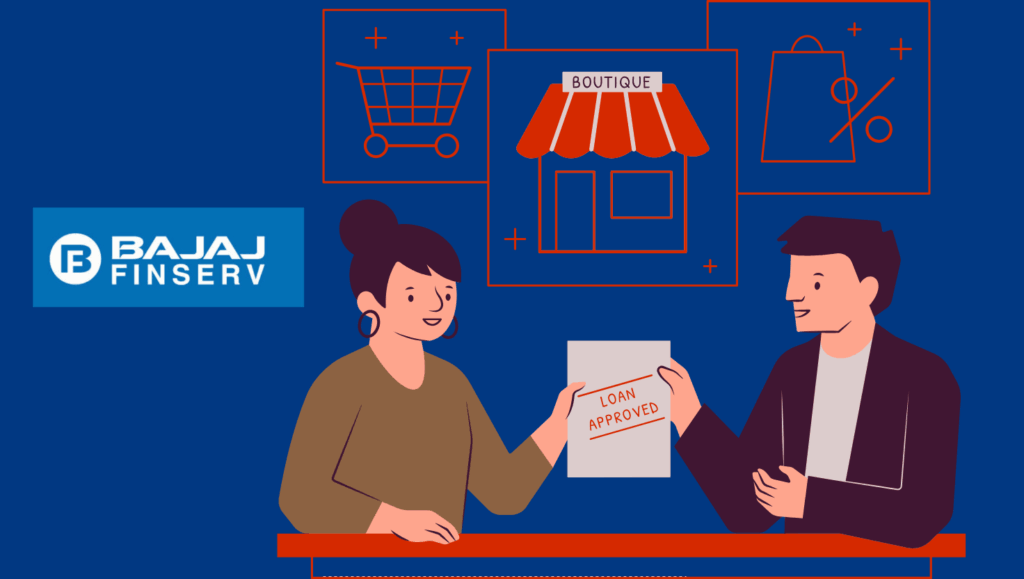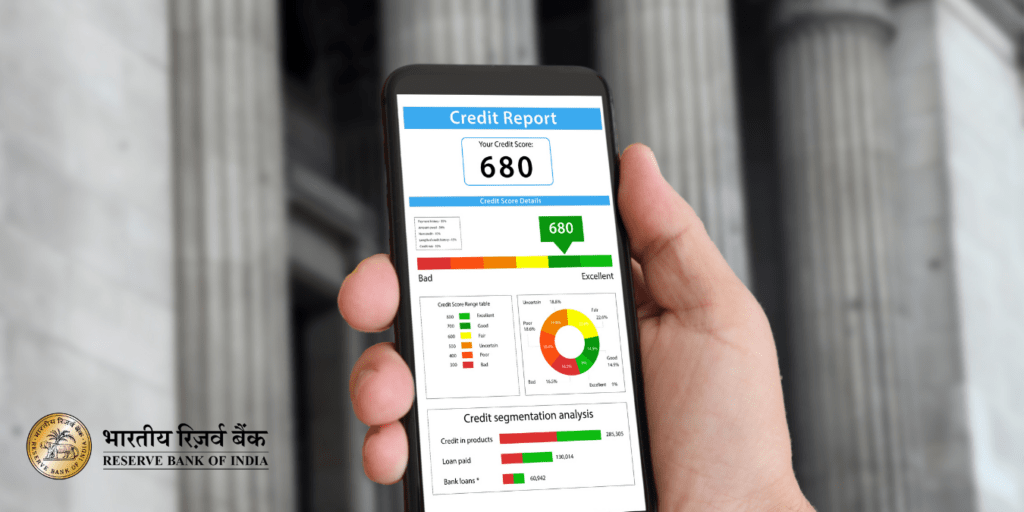
How 19 More Banks Can Save You Lakhs in Property Tax — But Most Sellers Don’t Know?
How 19 major banks now unlock easy tax exemption for Indian property sellers—but a hidden rule about branch type could cost you lakhs! Learn the surprising digital shift making tax relief faster yet stricter. Are you ready to navigate the new Capital Gains Account Scheme before deadlines catch you?
Selling property can trigger a hefty capital gains tax, often causing stress and uncertainty. But what if there was a secret advantage, now easier than ever to use, that lets you defer or reduce this tax by parking your gains safely before reinvestment? Surprisingly, 19 more banks have just been added to the government’s Capital Gains Account Scheme, rewriting the rules of property sale tax exemption in 2025. This move promises unprecedented convenience, yet many sellers remain unaware of its hidden potential and current pitfalls. Let’s dive deep into what this means, why it matters now more than ever, and how you can leverage it to safeguard your wealth.
What Is the Capital Gains Account Scheme (CGAS) & Why Should You Care?
The Capital Gains Account Scheme is a government initiative designed for taxpayers who sell a property but haven’t yet reinvested their gains into a new residential property, which qualifies them for exemption from capital gains tax under Indian Income Tax laws (notably Section 54 and others). Instead of paying capital gains tax upfront, taxpayers can deposit the gains into a capital gains account to secure tax exemption while buying a new property within the law’s timelines.
Here’s why CGAS is a game changer:
- Bridges the gap: It allows temporary parking of capital gains, offering relief for those who haven’t immediately reinvested.
- Protects your tax exemption: You don’t lose the exemption if reinvestment happens later.
- Lowers financial pressure: You get time to find the right property or finalize reinvestment plans without rushing.
In 2025, the scheme has evolved dramatically with 19 new banks—adding to the initial few—empowering more sellers across India with easy access.
The big news: 19 more banks added
Here is a detailed table about the big news of 19 more banks added to the Capital Gains Account Scheme (CGAS) in 2025, describing each bank and the significance of the inclusion:
| Bank Name | Bank Type | CGAS Branch Eligibility | Importance for Taxpayers | Key Notes |
| HDFC Bank Ltd | Private Sector Bank | All non-rural branches | Widely accessible; high digital penetration and trust | Major private bank with broad urban presence |
| ICICI Bank Ltd | Private Sector Bank | All non-rural branches | Extensive branch network and robust online banking | Popular among salaried and urban customers |
| Axis Bank Ltd | Private Sector Bank | All non-rural branches | Good reach in metro & Tier-2 cities; strong CGAS facilitation | Growing footprint in semi-urban areas |
| Kotak Mahindra Bank Ltd | Private Sector Bank | All non-rural branches | Known for customer service; digital-first approach | Adds user-friendly access |
| IDFC FIRST Bank Ltd | Private Sector Bank | All non-rural branches | Emerging private bank with modern banking infrastructure | Expands choice for tech-savvy investors |
| IndusInd Bank Ltd | Private Sector Bank | All non-rural branches | Increasing presence in urban India | Supports urban taxpayers efficiently |
| Yes Bank Ltd | Private Sector Bank | All non-rural branches | Revival after restructuring; improving trust and service | Adds diversity in banking options for CGAS users |
| RBL Bank Ltd | Private Sector Bank | All non-rural branches | Strengthens Tier-2/3 market presence | Expands regional access |
| Federal Bank Ltd | Private Sector Bank | All non-rural branches | Good Kerala and South India presence | Regional bank facilitating smoother access |
| Bandhan Bank Ltd | Private Sector Bank | All non-rural branches | Focus on microfinance and emerging markets | Adds inclusivity for small investors |
| City Union Bank Ltd | Private Sector Bank | All non-rural branches | Established South Indian bank with solid regional base | Supports regional taxpayers |
| DCB Bank Ltd | Private Sector Bank | All non-rural branches | Growing retail banking footprint | Newer choice for CGAS customers |
| Karnataka Bank Ltd | Private Sector Bank | All non-rural branches | Known for attentive services in Karnataka | Regional access point for taxpayers |
| Karur Vysya Bank Ltd | Private Sector Bank | All non-rural branches | Trusted by SME and regional customers | Provides deep regional outreach |
| South Indian Bank Ltd | Private Sector Bank | All non-rural branches | Wide network in Tamil Nadu and South India | Important for southern states |
| Dhanlaxmi Bank Ltd | Private Sector Bank | All non-rural branches | Small to medium bank with niche presence | Expands choice in regional CGAS access |
| CSB Bank Ltd | Private Sector Bank | All non-rural branches | Strong Kerala presence | Regional specialist in Kerala |
| Tamilnad Mercantile Bank Ltd | Private Sector Bank | All non-rural branches | Deeply rooted in Tamil Nadu and South India | Helps local taxpayers with CGAS |
| IDBI Bank Ltd | Public Sector Bank | All non-rural branches | Longstanding PSU with wide network | Maintains earlier CGAS services with stronger access |
How the Addition of 19 Banks Enhances Your Financial Flexibility and Convenience
Before this expansion, only a handful of major government banks like SBI and its associates offered CGAS accounts. This limited the convenience, especially for urban and non-metro sellers who rely on private and regional banks. Now:
- More banks mean easier access: From metros to tier 2 and 3 towns, sellers can open CGAS accounts nearby.
- Streamlined paperwork and faster processing: With private and new-age banks onboard, digital KYC and faster account setup are becoming standard.
- Improved customer support: Banks familiar with local needs and language nuances help reduce taxpayer confusion.
- Greater flexibility in fund management: Many banks now offer linked digital wallets and services simplifying fund transfers when reinvesting.
This expansion is a strategic government move aligned with fintech growth and a push to formalize real estate-related capital flows more transparently.
Why this matters to property sellers in 2025
Over the last year, capital gains taxation itself has been rationalised under the Finance (No. 2) Bill, 2024, with shorter holding periods (typically 1–2 years) and a flat 12.5% tax rate for most assets, but removal of indexation benefits. For many urban homeowners selling property in 2025, this means higher “visible” taxable gains and bigger cheques to the taxman if exemptions are missed.
At the same time, property prices in metros and Tier-2 cities have surged post-pandemic, so a typical flat sale can easily generate capital gains running into ₹20–80 lakh, or even higher. Missing the exemption because you could not open a CGAS account in time earlier often turned into a life-altering tax setback for middle-class families.
With 19 more banks now eligible, access to CGAS is no longer a “PSU-bank-only” bottleneck in most urban and semi-urban areas. Tax experts say this will reduce last-minute panic for property sellers who are stuck between sale closing, builder delays and ITR filing deadlines.
Revealing the Hidden Complexities Most Sellers Overlook
Though CGAS offers clear benefits, some lesser-known but critical aspects remain underappreciated by many taxpayers:
- Strict timelines: Deposited funds in CGAS must be used for property purchase within prescribed timelines (usually 2 years for new construction, 1 year for ready property).
- Account closure rules: Earlier, accounts had to be closed physically; now, gradual moves towards online closures are underway but vary by bank.
- Partial withdrawal limitations: Sellers can only withdraw from the CGAS account when actually making the reinvestment, not arbitrarily.
- Interest taxability: Interest earned on these fixed deposits, though banks may offer, is taxable and must be disclosed.
- Legal dependencies: Non-compliance or delays can attract penalties or disqualify the exemption, leading to unexpected tax bills.
Understanding these nuances can prevent costly mishaps and ensure the exemption benefits are fully optimized.
Fresh Data and Expert Perspective: What Are Taxpayers Saying in 2025?
Recent surveys (2025) show:
- Over 60% of property sellers find capital gains taxation a major cause of financial stress.
- 45% were unaware of CGAS or thought opening such accounts was tedious and limited to select banks.
- After the expansion, early adopters report enhanced ease and faster exemption claims, cutting down their stress levels drastically.
Tax experts highlight that the expanded CGAS access is not just a convenience upgrade but a strategic nudge towards disciplined, transparent reinvestment practices, ultimately boosting India’s real estate investment ecosystem health. They also caution sellers to act promptly and consult professionals to navigate procedural specifics effectively.
Why This Update Holds Urgency for 2025 Property Sellers
The Indian real estate landscape is rapidly evolving:
- With rising home prices and changing property market dynamics, sellers increasingly rely on tax-efficient support.
- The government’s stricter enforcement on capital gain tax notices and crackdown on unaccounted gains makes CGAS a safer shield.
- The recent RBI policies promoting digital banking heighten ease of operation but also demand quicker adaptation.
Delay in using these expanded CGAS facilities could mean losing valuable exemption or facing cumbersome follow-ups with tax authorities.
How to Make the Most of Capital Gains Account Scheme in 2025: A Step-by-Step Guide
- Evaluate eligibility: Confirm that your capital gains qualify for exemption (e.g., under Section 54 for residential properties).
- Choose the right bank: With 19 new options available, select one offering proximity, digital ease, and customer support matching your needs.
- Open a CGAS account ASAP: Initiate digital or offline KYC without delay, providing necessary documents such as sale deed and PAN.
- Deposit your capital gains amount: Ensure the full taxable gains are parked within deadlines post-sale.
- Track investment timelines rigorously: Plan your purchase or construction meticulously within the specified period (1-2 years).
- Withdraw carefully: Make withdrawals strictly aligned with property purchase payments.
- Maintain documentation: Keep all receipts and correspondence as proof for income tax assessment.
- Seek professional advice: Tax consultants or financial advisors can help avoid pitfalls and maximize benefits.
The surprising “non-rural” restriction you can’t ignore
While headlines celebrate “19 more banks”, a crucial fine print is often missed: only non-rural branches are allowed to operate CGAS accounts. Branches in locations with population under 10,000 (Census 2011) are still outside the scheme.
This means:
- A taxpayer in a small town might have the same bank name in the market, but the local branch could still be ineligible for CGAS.
- You may need to travel to the nearest semi-urban or urban branch of that same bank to open a valid CGAS account.
Many people are likely to assume “HDFC/ICICI is allowed, so my branch can open CGAS” – and that mistaken assumption could later cause heavy trouble if the account was not valid under the scheme.
How CGAS actually saves your tax
CGAS mainly works alongside these exemption sections:
- Section 54 – exemption on long-term capital gains from sale of a residential house, if reinvested in another residential property within specified timelines.
- Section 54F – exemption on long-term gains from other long-term assets (like land, shares under earlier rules), if invested in a residential house.
- Sections 54B, 54D, 54G, 54GA, 54GB – exemptions for sale of agricultural land, industrial undertakings, shifting business to SEZ, etc.
If you cannot utilise the entire capital gain before the ITR due date, you must deposit the unutilised portion in CGAS before filing the return to keep the exemption alive. Later, when you actually use the funds for the approved purpose within the allowed period, your exemption stands.
If you fail to utilise the CGAS balance within the statutory period (say, 2 or 3 years) the unspent amount becomes taxable capital gains of that later year. This later tax is unavoidable – there is no second chance at exemption beyond the time limit.
Lesser-known risk: Wrong account or wrong bank
With more banks in the game, mis-selling or misguidance risk goes up:
- Opening a normal FD or savings account, thinking it qualifies like CGAS.
- Using a rural branch that is not authorised under CGAS rules.
- Not getting the correct CGAS type (Type A or Type B) as required for your plan of utilisation.
In all these cases, tax exemption can be denied later because the money was never legally in a CGAS account as per the notification. The bitter part: by the time you discover this, timelines for fresh compliance are usually over.
Practical “how-to” for 2025 sellers
Here is a concise, action-focused path if you are selling property in 2025 and want to use CGAS smartly:
- Step 1 – Estimate capital gains early: As soon as you fix a sale price, work with your CA or tax expert to estimate gains and likely exemption under sections 54/54F etc.
- Step 2 – Decide realistic reinvestment timeline: Are you likely to buy a ready property soon, or is it an under-construction or self-constructed house that will take 2–3 years? This decides how much to park in CGAS.
- Step 3 – Choose an authorised non-rural branch: Prefer a bank where you already have strong KYC, digital access and responsive staff – but confirm the branch is non-rural and CGAS-enabled.
- Step 4 – Open CGAS before ITR filing: Do not wait till the last week; finish account opening and deposit of unutilised gains well before your ITR due date.
- Step 5 – Keep all documentation: Preserve the CGAS opening form, deposit slips or e-acknowledgements, and electronic statements, as these may be needed during assessment.
- Step 6 – Plan withdrawals carefully: Withdrawals from CGAS must match the purpose and timelines declared; random withdrawals to meet unrelated expenses can break the exemption conditions.
CGAS after the 12.5% capital gains overhaul
With a relatively flat 12.5% rate and no indexation, the “cost” of missing CGAS has become more visible to taxpayers – the tax hit is simpler to calculate and harder to mentally ignore. For someone with ₹50 lakh of taxable gains, the difference between properly using CGAS and ignoring it could easily be around ₹6–7 lakh of tax.
At the same time, the simplified structure may push some investors to intentionally skip CGAS if they prefer liquidity and are willing to pay 12.5%. For genuine home-upgraders and small business owners, though, CGAS remains a powerful shield against avoidable tax leakage – now with far better access and digital ease.
Common myths busted
A few beliefs that can quietly destroy your exemption:
- “Any bank FD after sale works like CGAS” – false; only notified CGAS accounts in authorised branches qualify.
- “If I later buy a house, I will automatically get exemption even without CGAS” – not if the purchase/ construction and ITR timelines are violated and you did not use CGAS.
- “Once money is in CGAS, I can use it for anything as long as I eventually buy a house” – withdrawals must comply with the declared purpose and rules, or they may be treated as taxable.
High-impact takeaways for 2025
For Indian readers planning a sale in 2025, here are the key, shareable insights:
- CGAS is no longer a PSU-only pain; you can now open it in non-rural branches of 19 major private and regional banks.
- Digital payments and e-statements make CGAS faster and more convenient – but also more strictly time-stamped and auditable.
- The biggest hidden risk has shifted from “I had no access” to “I misunderstood the rules”, especially around branch eligibility, account type and deposit dates.
- With a flat 12.5% capital gains tax and no indexation, missing CGAS could cost several lakhs for a typical urban property sale.
What to watch next: Is CGAS headed for deeper integration?
The Capital Gains Account Scheme (CGAS) is on track for deeper digital integration in India. Upcoming developments include automated linking of CGAS accounts with PAN and property registration data for real-time exemption validation. Integration with online income tax returns will simplify filing and pre-validate claims. Full digitization of CGAS processes—opening, deposits, withdrawals, and closures—is expected by 2027, enhancing convenience and audit transparency. Additionally, real-time alerts and AI-backed compliance monitoring may emerge. Expansion to rural branches and further institutions is possible. CGAS will evolve into a seamless, automated system central to property tax management, demanding greater taxpayer vigilance and planning.

































